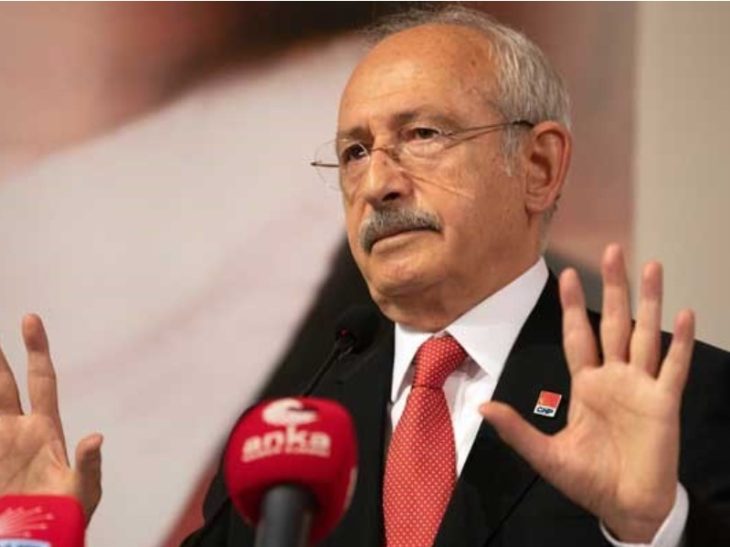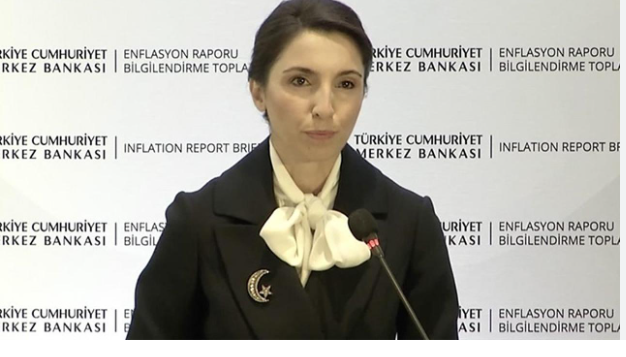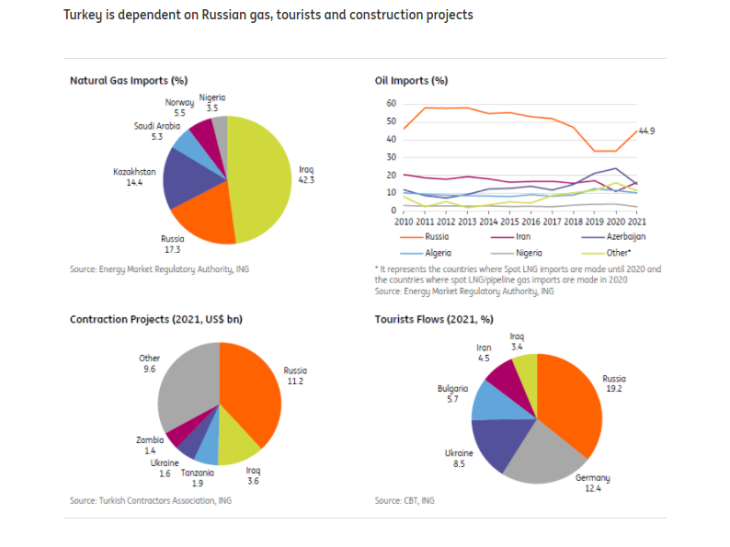Analysis: Medium Term Program – Government aims to bring down inflation without sacrificing growth
 girl in red
girl in red
The government aims to bring down inflation without sacrificing growth. The government released the new medium-term program (MTP) for the 2024-2026 term. First of all, the MTP stresses that the monetary tightening and easing of the macroprudential regulations will be maintained in order to bring inflation down to single-digit levels, and that the share of the FX-protected deposit (KKM) scheme in the system will be gradually reduced. In the meantime, the MTP states that inflation will be reduced with only a little sacrifice from growth and employment targets, thus it does not foresee a considerable growth slowdown.
This also implies the government maintains its sensitivity about GDP growth and employment, as we move forward to local elections in March 2024.
The government released the 2024-2026 medium-term program (MTP) yesterday, in which the 2023 projections were also significantly revised. We may summarize our main findings as below:
- While the government revised 2023 CPI inflation estimate to 65.0% from 58.0%, it expects a deceleration to 33.0% in 2024. CPI inflation projection for end-2023 was increased to 65.0%, up from the CBRT’s latest estimate of 58.0% and the initial projection of 22.3%. CPI inflation is expected to decline to 33.0%, 15.0%, and 8.5% in the upcoming 3-year period.
- The government expects an increase of over 63% in the exchange rate in 2023 and roughly 41% in 2024 (based on end-of-year estimated rates). The government’s average USD/TL estimate for 2023 stands at 23.88, which implies a roughly year-end rate of 30.50, considering that the y-t-d average USD/TL rate stands at 21.76. This corresponds to a 63% rise based on the end-2022 rate of 18.70. The government expects average USD/TL rates in the following years at 36.78, 43.94, and 47.80. Based on our rough calculations, the 2023 average rate implies an end-2024 rate of 43.00, which points to a further 41% rise in the exchange rate.
- The government anticipates GDP growth of close to 5.0% in 2H23, which contradicts the strategy of slowing down domestic demand. The government expects 2023 GDP growth at 4.4% followed by 4.0% in 2024, 4.5% in 2025, and 5.0% in 2026. Recall that 1H23 GDP growth was 3.9%, so that 2H23 GDP growth needs to be close to 5.0% in order to achieve a full-year GDP growth of 4.4%. This actually contradicts the CBRT’s strategy to curtail domestic demand (with a guided considerable rise in deposit and loan rates) in order to limit retail FX demand and control inflation in the end.
- We believe that the growth projections, the projections for CPI inflation, currency, and GDP growth are not very compatible with each other. We also believe that the following years’ GDP growth projections are too ambitious and incompatible with the CPI inflation and currency projections. To be specific, we wonder how CPI inflation would be reduced significantly from 65% to 33%, when the exchange rate suffers another 40% rise (on top of the roughly 60% rise in the preceding year) and the economy at the same time continues to grow at a 4.0% pace.
- The government has raised the budget deficit/GDP projection for 2023 to 6.4% from 3.5%. The government also revealed its revised budgetary projections, which were eagerly awaited due to the dramatic deviation in budgetary numbers due to earthquake and election-related expenses, as well as the significant deviation in inflation.
Accordingly, the 2023 budget deficit projection increased substantially to TL1.630 bn from TL659 bn, now pointing to 6.4%, as a percentage of GDP (up from 3.5%). The budget deficit/GDP is expected to remain at 6.4% in 2024 (due to the ongoing earthquake expenditures), and then decelerate to 3.4% and 2.9% in 2025 and 2025.
The primary deficit projection for 2023 is increased to TL987 bn (3.9% of GDP) from TL94 bn (0.5% of GDP). The primary balance/GDP is projected at -3.4%, 0.0% and 0.7% in the following years.
- This year’s significant deviation has also altered the budgetary projections for the coming years. In addition to these findings, we want to highlight how this year’s significant budgetary deviation from the initial expectations has substantially altered the budgetary figures and outlook for the upcoming years. In the meantime, recall that this year’s deviation is not only attributable to earthquake and election-related expenses, but also to higher-than-anticipated inflation and exchange rates compared to the beginning of the year (recall that almost 70% of the public debt stock is FX-denominated). To be more specific, the Treasury’s increased borrowing requirement resulting from a much higher budget deficit, and the massive TL depreciation has led to a dramatic rise in interest expenditures in the coming years. For instance, interest expenses for 2025 had been projected at TL775 billion last year when the 2023-2025 MTP was released, while this figure was now revised to a whopping TL1.8 billion. In relative terms, this means an increase from 2.8% to 3.4% as a percentage of GDP and from 16.4% to 19.0% as a percentage of tax revenues.
- We also think that the continuous decline in the C/A deficit over the years is not very consistent with the GDP growth projections. Finally, the government expects end-2023 C/A deficit at USD42.5bn, implying a considerable improvement from the current USD56.5bn as of June. The C/A deficit is then expected to decline to USD34.7bn (3.1% of GDP) in 2024, USD31.7bn (2.6% of GDP) in 2025 and USD30bn (2.1% of GDP) in 2026.
Serkan Gönençler
Chief Economist
Follow our English language YouTube videos @ REAL TURKEY: https://www.youtube.com/channel/UCKpFJB4GFiNkhmpVZQ_d9Rg
And content at Twitter: @AtillaEng
Facebook: https://www.facebook.com/realturkeychannel






